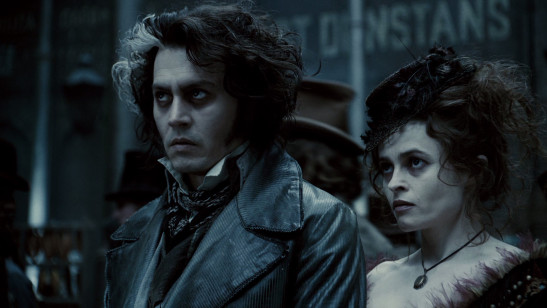The movement behind the relationship between art and society
in film and the influence on modern cinema.
German
expressionism has a long running title of being one of the most influential
movements, it was an art movement in the early 20th century that originated in Europe and expressed the artist’s inner feelings or ideas over
replicating reality. It was characterised by gestural marks or brush strokes,
bright colours and simplistic shapes.
Expressionist films at first were born out of Germany’s
isolation during the first few years of the 1900’s but soon became high demand
due to the government’s ban on foreign films. Between the years of 1918 and
1930 it was a classic period of German Expressionism and the agenda was to, as
an art, distinguish from other film types globally. During this time the appeal
reached an international audience and European filmmakers started experimenting
with the concept.
The first film to be born from the movement was The Cabinet of Dr. Caligari (1920, Robert Wiene) and this film along with Metropolis
(1927, Friz Lang), were two of the most influential films of the era. The
both of these expressed the art of the movement with the concept of it being
brought to life.
However, the movement is not classed as a genre or belong to filmmaking, as it existed prior to cinema as a form of art but the concept of it is used in
modern cinema. Dark City (1998, Alex Proyas) uses thematic and stylistic
elements from the movement. The story of
Dark City unfolds with John Murdoch who wakes up amnesic in a world that
has no day and aliens, known as the Strangers, that have taken over the humans
and are using them as lab rats in their experiment. Murdoch then seeks on a
journey to unravel his twisted identity.
The setting of this films takes the idealistic themes of German
expressionism with its dream-like/nightmarish world and its reminiscence of
Lang’s Metropolis questioning of what makes a human human and why it
cannot be changed by decree.
An example within the film is when Murdoch first encounters the strangers after discovering the murders he has apparently committed. There
are many conventions displayed in this particular scene, one being the
dream-like aspects. Murdoch discovers the ability to ‘tune’ and essentially
change things in the world to his will. So, in the scene the viewer can see him
adjust the floor and the Strangers fall through it.
More conventions displayed include, crime, evil/obsessive
characters and the external representation of inner emotion. For instance, the
‘final fight’ scene Murdoch participates in against the Strangers after they capture
and trap him. In this the exterior shows the inner feelings of the character,
he’s angry and fighting back, within this scene the visuals become distorting
as the viewer sees him ‘tuning’ with the dream world and manipulating it for
his own advantage.
 The German expressionism movement radically challenged
conventional filmmaking in its time and has provided food for thought for the
industry ever since. Today, the enduring influence can be seen throughout the
medium through the work of critically acclaimed directors like Ridley Scott and
Tim Burton.
The German expressionism movement radically challenged
conventional filmmaking in its time and has provided food for thought for the
industry ever since. Today, the enduring influence can be seen throughout the
medium through the work of critically acclaimed directors like Ridley Scott and
Tim Burton. 
No comments:
Post a Comment